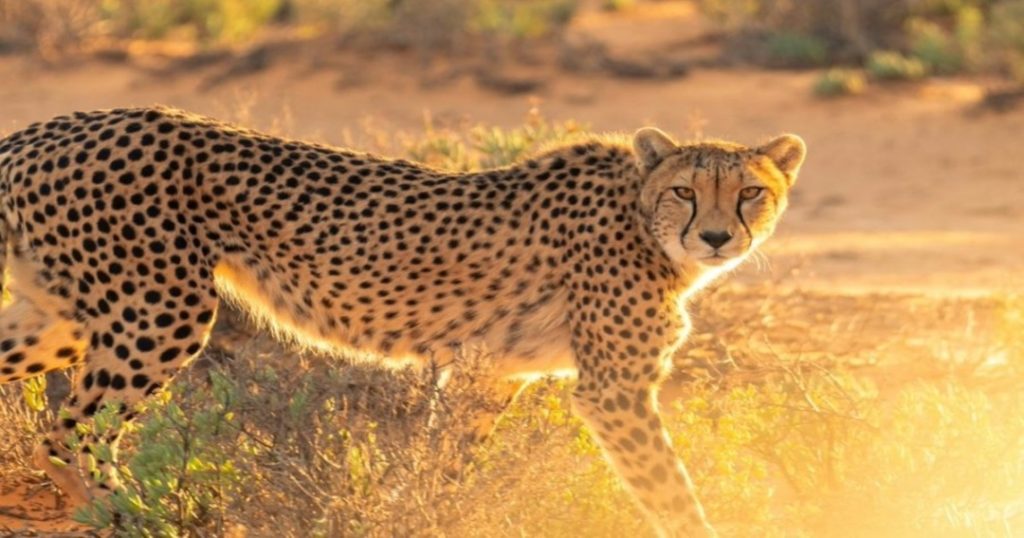
Seventy years after the cheetah disappeared from India’s forests, the world’s fastest animal is back — and now, you can actually see it run.
The Kuno National Park in Madhya Pradesh has opened India’s first-ever cheetah safari, marking a new chapter in the country’s wildlife conservation story. For visitors, it’s not just another safari — it’s a glimpse into history being rewritten.
The Long Road Back

Cheetahs once roamed freely across India’s plains. But by 1952, relentless hunting and shrinking habitats had driven them to extinction. For decades, they were just names in old books and stories told by forest guards.
That changed in 2022, when eight cheetahs arrived from Namibia as part of an ambitious reintroduction project. A year later, another batch came from South Africa. Slowly, under careful watch, they began to adapt to Indian terrain — running, hunting, and raising cubs in Kuno’s grasslands.
Now, after years of preparation, the park has opened its doors to visitors eager to see these spotted sprinters in their new home.
Inside the Safari
The safari route winds through a specially demarcated area of Kuno, where visitors are taken on guided tours in open jeeps. The idea is to let people witness cheetahs up close — without intruding on their space.
It’s an experience of quiet awe: the whisper of grass, the far-off call of a peacock, and then, a fleeting glimpse of a cheetah stretching under the sun. Rangers share stories of their reintroduction and the months of work that went into preparing Kuno for this moment.
Apart from cheetahs, the park shelters leopards, deer, nilgai, and over 200 species of birds — turning every ride into something new.
More Than Just a Tourist Attraction
For Madhya Pradesh, already known as the “Tiger State,” this is another feather in its cap. But for India, the cheetah safari is much more than an addition to the travel map. It’s proof that conservation can work — that species thought to be gone forever can return if given the right conditions.
The initiative has also sparked optimism among local communities. With new visitors coming in, the surrounding villages are seeing more opportunities in eco-tourism and hospitality, helping conservation efforts benefit people as well as wildlife.


